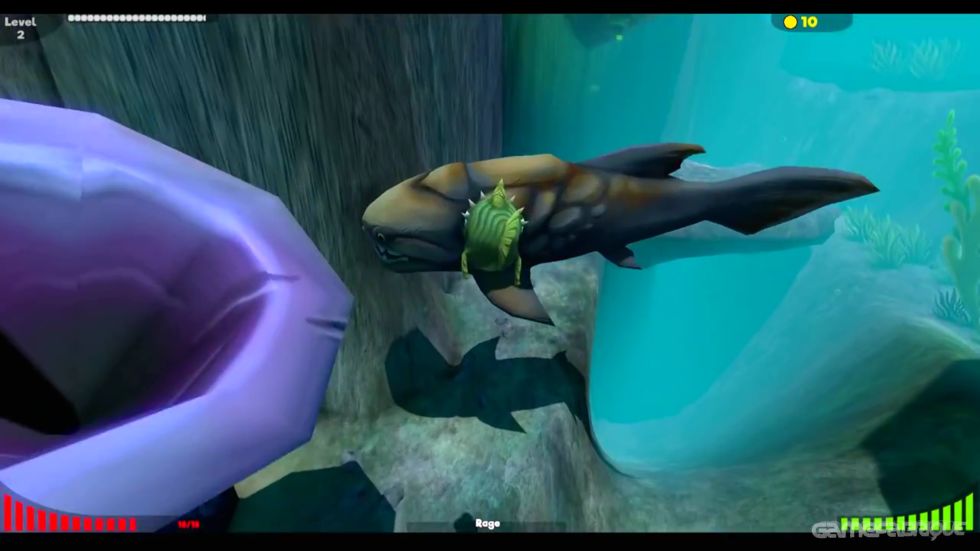


When aquaculture is considered as an aggregate industry, the answer is no. This is due to the worldwide growth of aquaculture over the past two decades. Demand for fish oil in the supplement industry is also rising rapidly. fishmeal and oil production comes from menhaden caught in the east coast and Gulf, the second largest component of US production comes from fish processing trimmings produced in Alaska’s seafood industry.įishmeal and fish oil supply several major industries because they are natural ingredients of high nutritional value. While they have been major ingredients of swine and poultry feeds for many decades, a growing percentage of these resources have been used to manufacture aquatic feeds.

The United States is a small net producer of both fishmeal and fish oil. The largest U.S. The other 30% is generated from the scraps produced when fish are processed for human consumption. These fish have short life cycles and are capable of rapid reproduction and stock replenishment. The economics of using blended oils is improving as fish oil prices rise and the technology to produce algae (and other replacement ingredients) improves.Ībout 70% of the fishmeal and oil are produced from the harvest of small, open-ocean (pelagic) fish such as anchovies, herring, menhaden, capelin, anchovy, pilchard, sardines, and mackerel. Including ingredients like oils from algae or marine microbes maintain the nutrient requirements of the final product without depending on fish oil. Affordable replacement ingredients for fishmeal and fish oil are becoming increasingly common, which is leading to declining percentage on those ingredients in farmed fish diets. Through research, we are learning that other combinations of ingredients can achieve the balance of the 40 essential nutrients. Fish oil is a major natural source of the healthy omega-3 fatty acids eicosapentaenoic acid (EPA) and docosahexaenoic acid (DHA). These fatty acids are not made by the fish, but become concentrated in fish further up the food chain from the marine phytoplankton (microscopic marine algae and microbes) that do synthesize them. While fish and shrimp don't require fishmeal and oil in their diets, these ingredients have almost a perfect balance of the 40 or so essential nutrients that animals need to be healthy and grow – the same reason that seafood is so good for humans as well.įishmeal is a natural and well-balanced source of high-quality protein. As ingredients in aquaculture feed, fishmeal and fish oil supply essential amino acids and fatty acids reflected in the normal diet of fish. It seems to be working. For example, it is estimated that the amount of fishmeals in salmon diets has dropped from being 70% of the diet in the 1980, to about 25% in 2017. The purpose of the NOAA-USDA Alternative Feeds Initiative is to identify alternative dietary ingredients that will reduce the amount of fishmeal and fish oil contained in aquaculture feeds while maintaining the human health benefits of farmed seafood. These are provided in the feed through a number of ingredients including fishmeal, fish oil, plants, and animal trimmings. These include vitamins, minerals, amino acids (the building blocks of protein), and some fats. Nutritionists who design feed for fish have to account for about 40 essential nutrients needed by the fish. This feed usually is in the forms of dried pellets, similar in many ways to dry dog food. This feed contains all the essential nutrients needed to keep them healthy and growing. Farmed fish are fed diets specially designed for their nutritional needs.


 0 kommentar(er)
0 kommentar(er)
